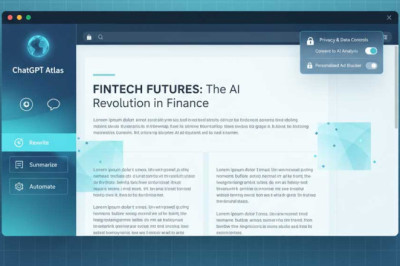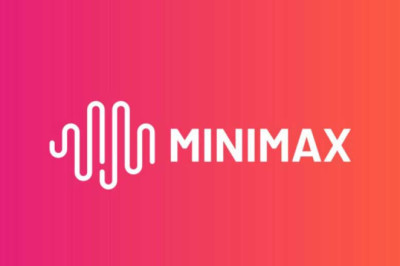
views
Chinese artificial intelligence startup MiniMax has taken a significant step toward a major public offering by confidentially filing for an initial public offering (IPO) in Hong Kong. The move aims to cement MiniMax’s position as a leading player in the rapidly evolving AI landscape, targeting a market valuation exceeding $4 billion and a capital raise of more than $510 million. The company seeks to complete its listing and begin trading on the Hong Kong Stock Exchange by the end of 2025.
Company Background and Business Focus
Founded in 2021 and headquartered in Shanghai, MiniMax has quickly become a standout in China’s burgeoning AI startup ecosystem. The company develops advanced artificial intelligence models and tools centered around natural language processing and machine reasoning. Its flagship products include the AI assistant Talkie and the M1 reasoning model. The M1 model sets MiniMax apart by reportedly delivering performance superior to many global competitors while maintaining lower computational costs, an essential factor in AI scalability and commercial deployment.
MiniMax has benefited from strategic backing by some of China’s largest technology conglomerates, including Alibaba Group and Tencent Holdings. This support has enhanced its research capabilities, accelerated product development, and expanded its market reach domestically and internationally.
IPO Filing and Market Context
MiniMax’s confidential IPO filing marks an important milestone amid a resurgence of tech listings in Hong Kong. The city has been actively repositioning itself as a premier technology IPO hub, attracting homegrown Chinese tech companies that traditionally might have listed in the U.S. or other markets. This has been accelerated by geopolitical tensions and regulatory complexities affecting Chinese companies abroad, leading firms like MiniMax to favor Hong Kong’s well-regulated environment and proximity to mainland China.
In 2025 alone, technology companies have raised approximately $14 billion through Hong Kong IPOs, representing an explosive 711% increase in proceeds compared to the same period in 2024. This surge is partly attributed to the launch of the Technology Enterprises Channel (TECH) on the Hong Kong Stock Exchange, which facilitates listing for firms with market values of at least HKD 10 billion (about $1.3 billion). MiniMax’s anticipated $4 billion-plus valuation aligns it well above this threshold, positioning the company to take full advantage of the streamlined processes and investor interest in TECH-listed firms.
Strategic Importance and Legal Landscape
MiniMax’s IPO is a strong indicator of China’s broader ambition to foster and retain cutting-edge technology enterprises domestically, reducing dependency on foreign capital markets. As the Chinese government seeks to build a self-sufficient, innovation-driven economy, High-profile startups like MiniMax play a pivotal role in demonstrating the country’s AI leadership and innovation capacity.
However, the road to IPO is not without potential hurdles. MiniMax is currently involved in a legal dispute, facing a $433.5 million lawsuit linked to Ant Group. While details remain sparse, such litigation introduces an element of uncertainty that investors and regulators will likely scrutinize during the public offering process.
Looking Ahead
MiniMax aims to close its IPO and begin trading in Hong Kong by late 2025. The listing is expected to raise more than $510 million in fresh capital, which the company plans to deploy toward accelerating AI research, scaling operations, and expanding market penetration, both within China and globally.
If successful, MiniMax’s public debut will highlight Hong Kong’s growing stature as a pivotal financial and technology hub capable of nurturing some of Asia’s most promising emerging companies. For investors, it offers an opportunity to engage with a next-generation AI enterprise operating at the forefront of machine intelligence innovation.
In summary, MiniMax’s confidential IPO filing signals a significant moment in China’s AI industry and its evolving intersection with global capital markets — reflecting broader trends of technological ambition and market realignment set to define the next phase of the region’s economic growth by the end of 2025.




















Comments
0 comment